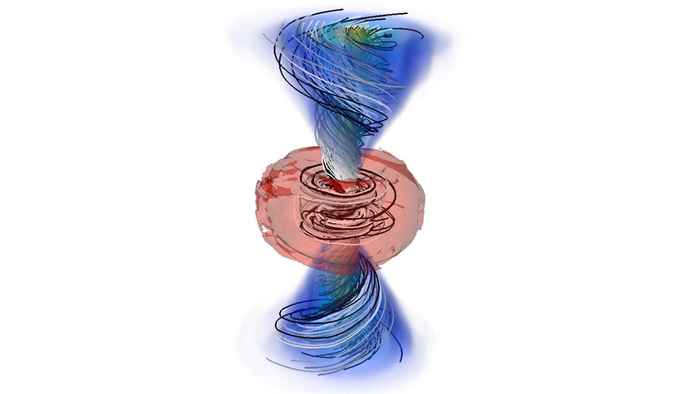Astronomers and physicists to probe strong nuclear interaction from all angles
27 July 2022

The strong nuclear force explains how quarks bind together into protons and neutrons, which in turn form atomic nuclei. Though the basic principles are well understood, it is often difficult to perform calculations, especially in situations involving large numbers of quarks, like inside neutron stars. In this project, theoretical and experimental particle physicists, nuclear physicists, astrophysicists, and astronomers join forces to look at the consequences of the strong nuclear force from different perspectives – using theoretical models, particle accelerators, gravitational wave detectors, and telescopes – and to understand this interaction over a wide range of temperatures and densities.